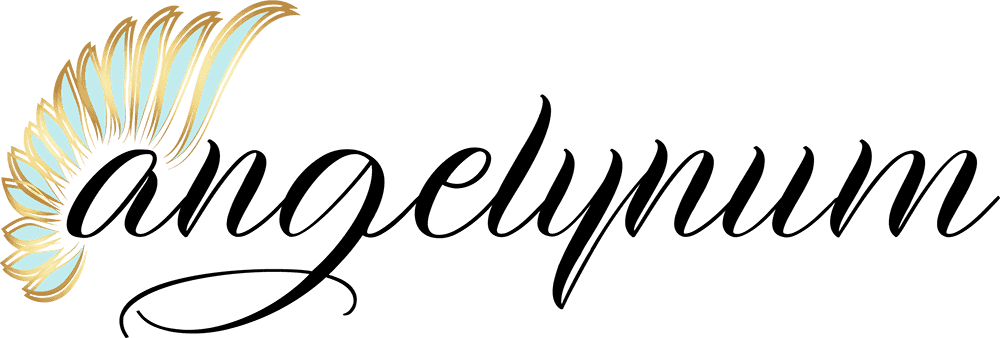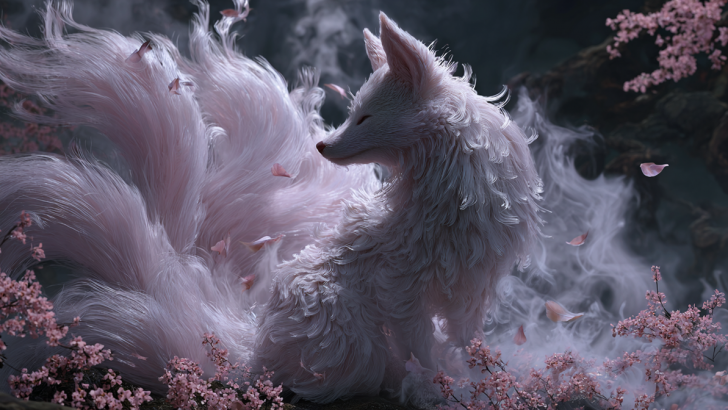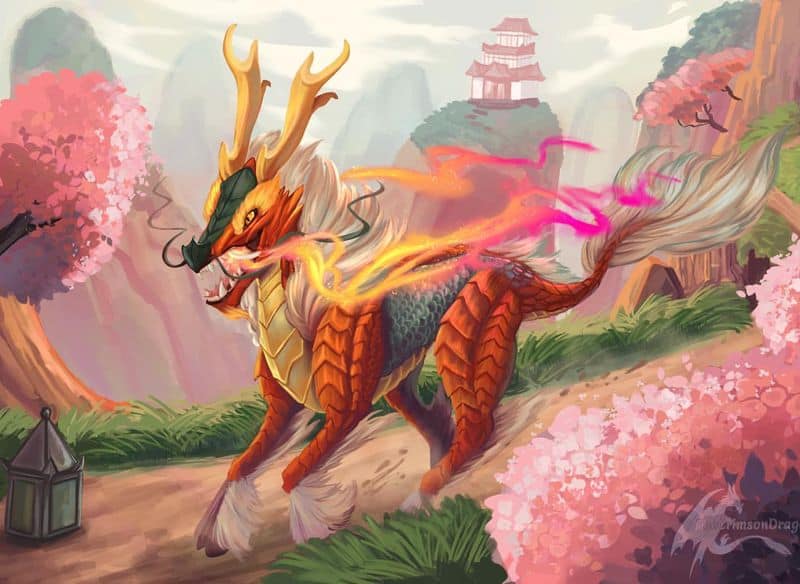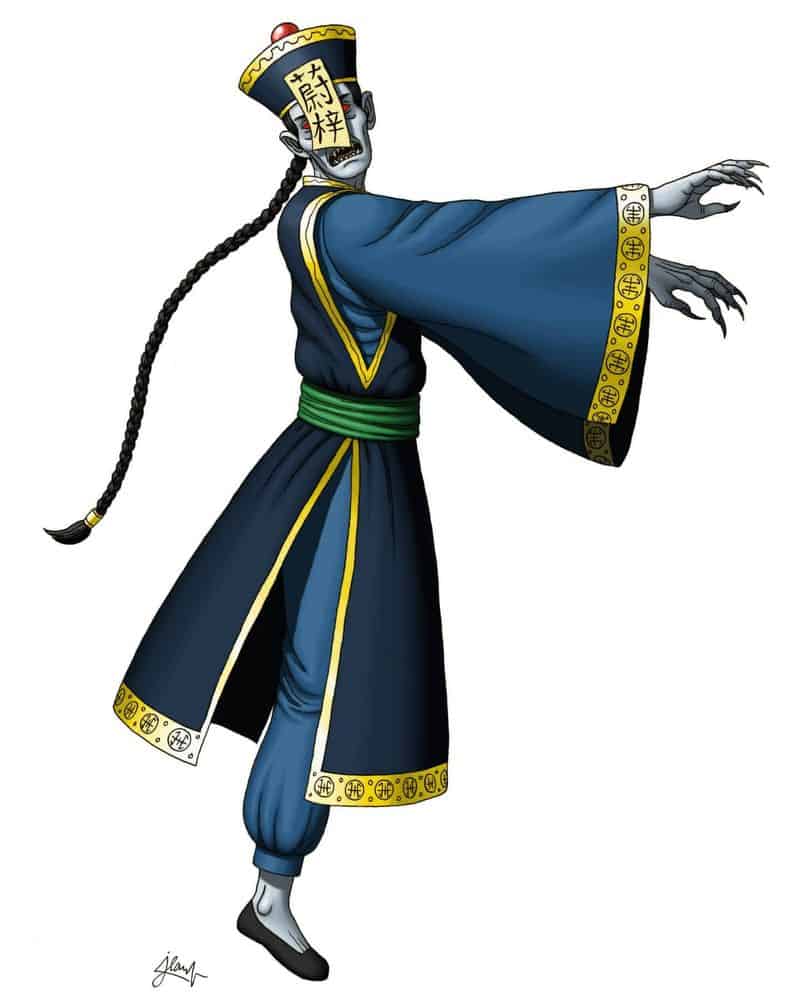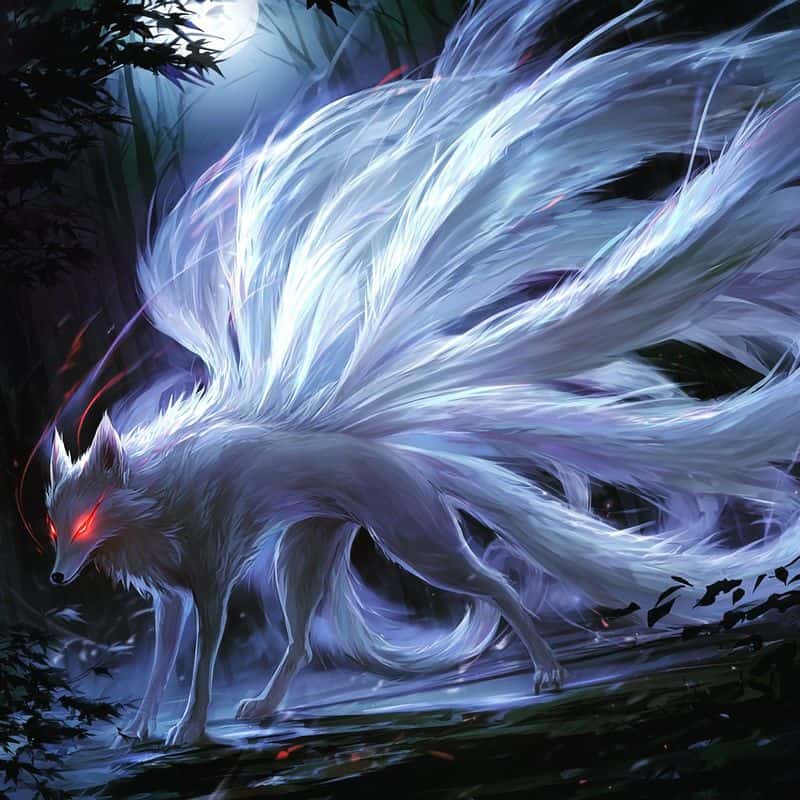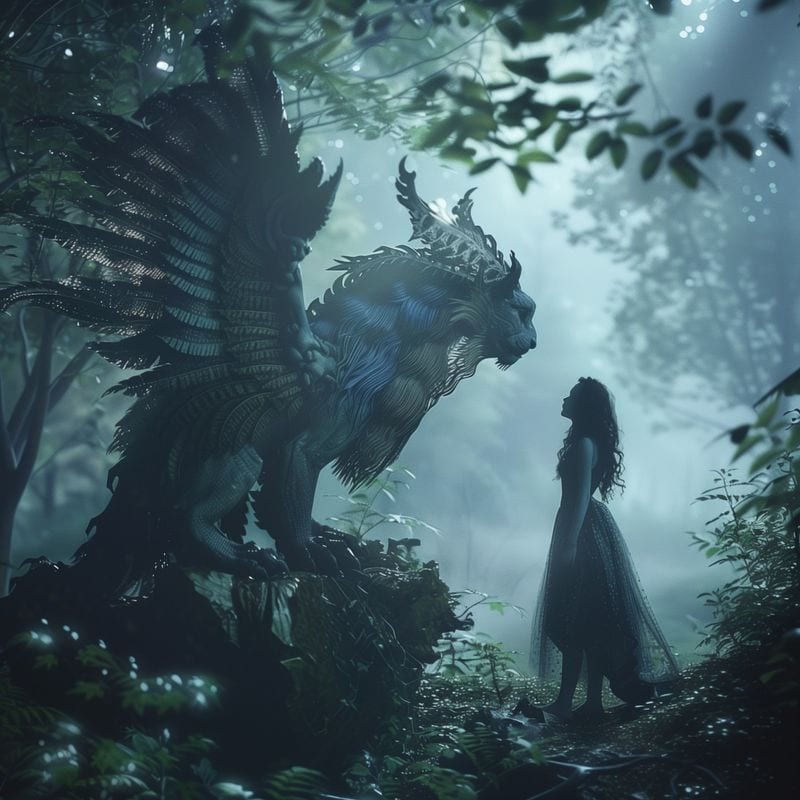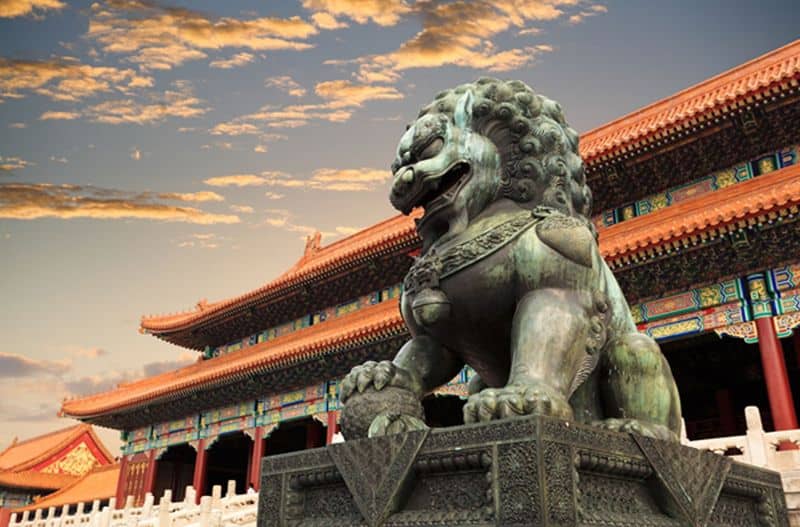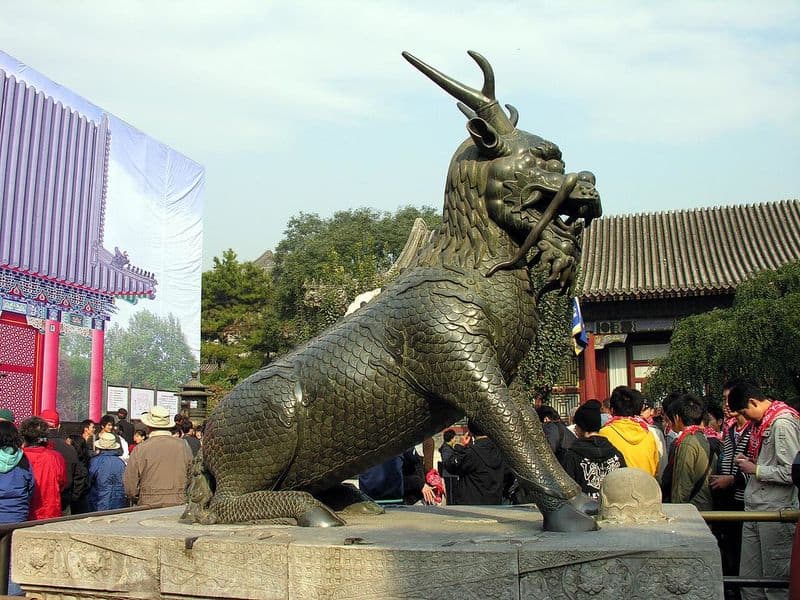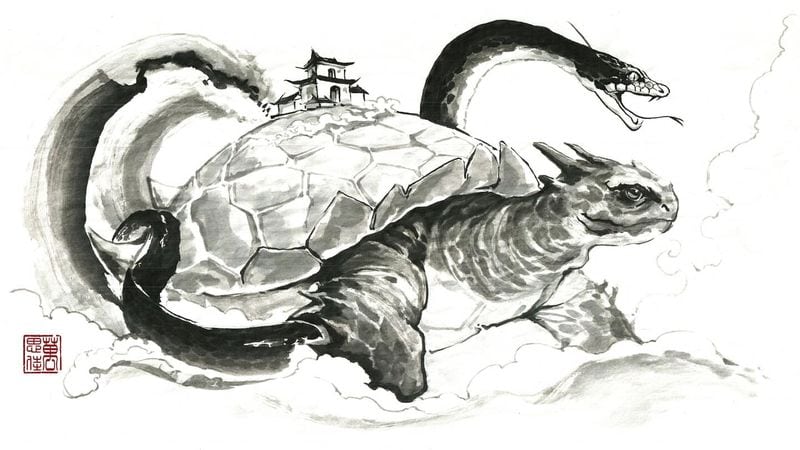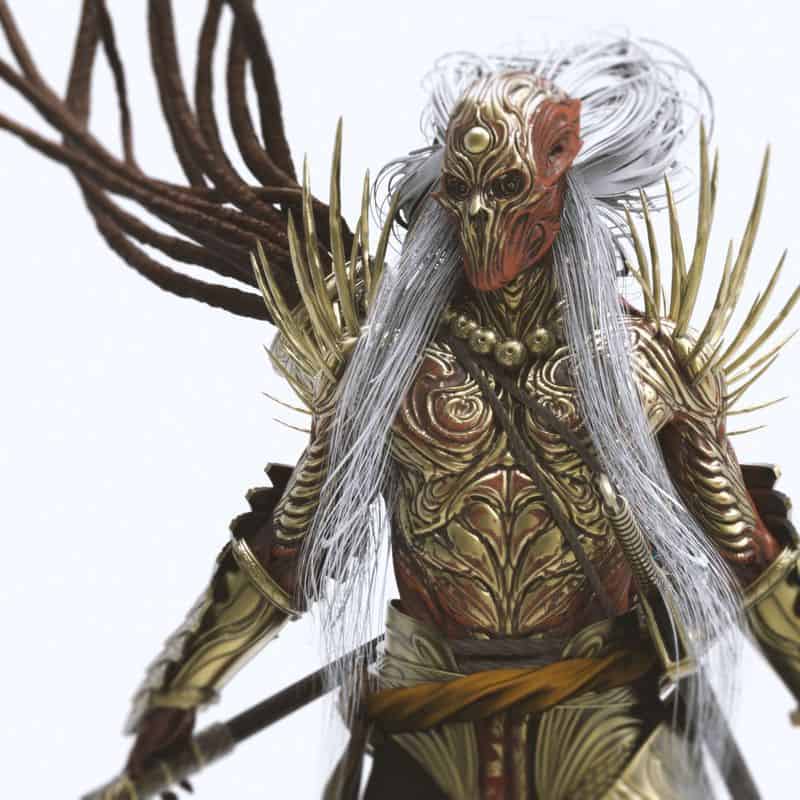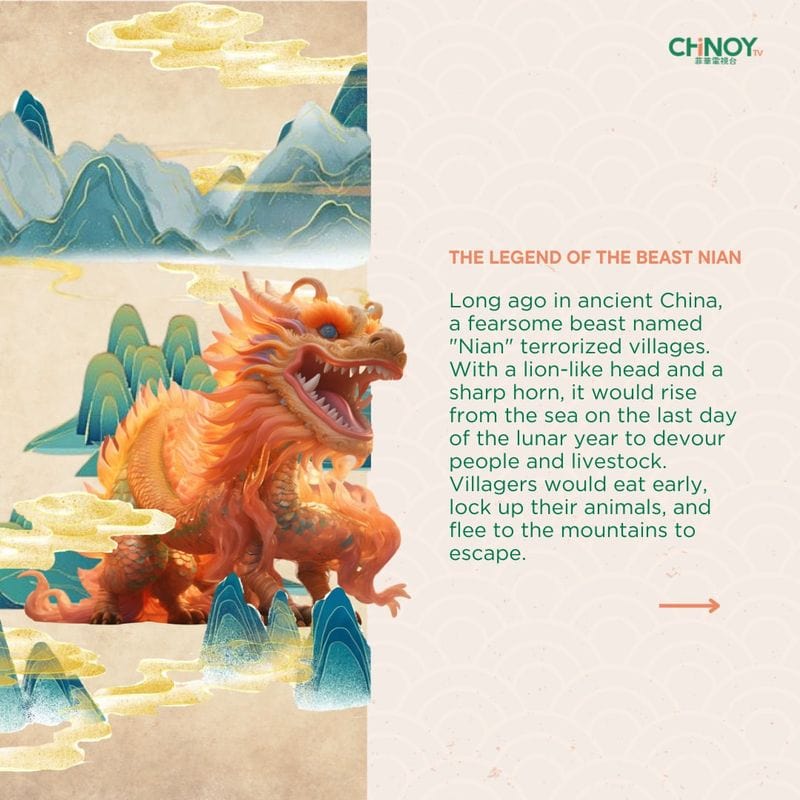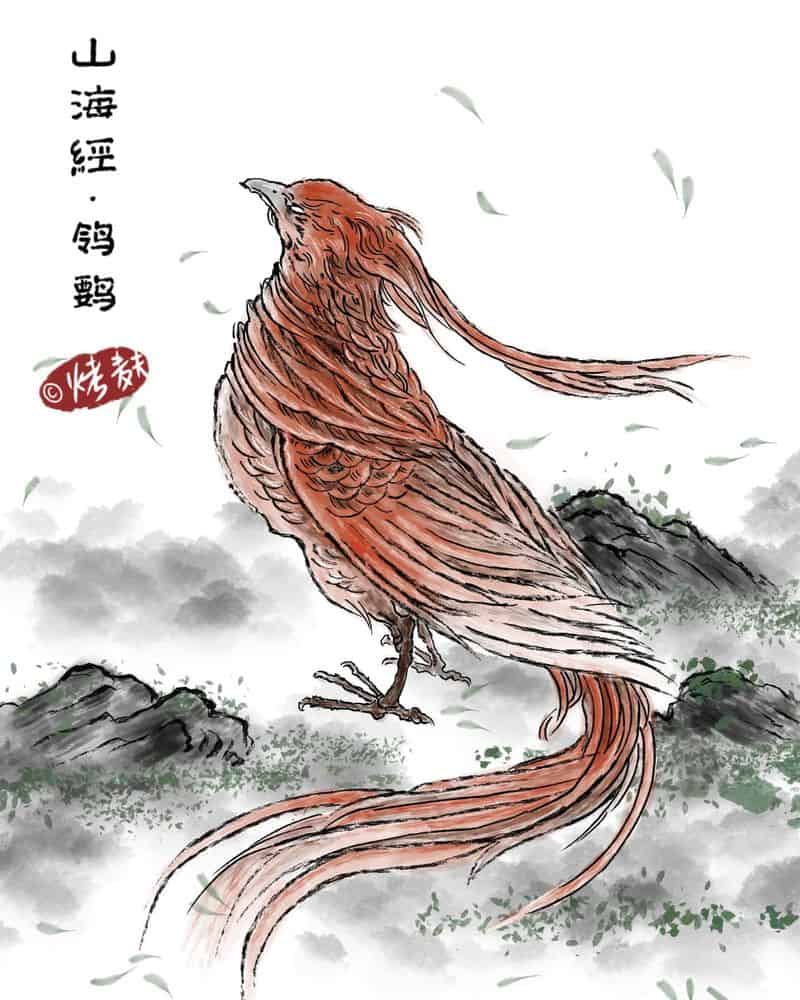Chinese folklore brims with magical creatures that have captivated imaginations for thousands of years.
These mythical beings appear in ancient stories, artwork, and continue to influence modern Chinese culture today.
From benevolent protectors to fearsome monsters, these creatures reflect deep cultural beliefs about fortune, virtue, and the supernatural world.
1. Majestic Qilin: The Chinese Unicorn
Resembling a magnificent blend of deer, horse, and dragon, the Qilin stands as one of the most revered creatures in Chinese mythology. Its body shimmers with the scales of a fish, while a single horn protrudes from its forehead.
Unlike Western unicorns, the Qilin represents justice and prosperity. It appears only during the reign of wise rulers or when great sages are born. Legend says a Qilin appeared before Confucius’s mother, foretelling his importance.
Despite its fearsome appearance with flames often surrounding its body, the Qilin is incredibly gentle. It walks so carefully it won’t even crush the grass beneath its hooves or harm the smallest insect.
2. Jiangshi: The Hopping Vampire
With stiff outstretched arms and dressed in Qing dynasty clothes, the Jiangshi strikes fear through its peculiar hopping movement. These undead creatures can’t bend their limbs due to rigor mortis, forcing them to hop with their arms extended forward.
Green-skinned and with long, sharp fingernails, Jiangshi hunt at night to absorb the qi (life energy) of the living. Their weakness? They can’t see well, so they track victims by sensing their breath.
Taoists developed special yellow paper talismans to immobilize these hopping vampires. Modern Chinese still celebrate the Jiangshi through films, Halloween costumes, and video games that showcase these peculiar undead.
3. Huli Jing: The Nine-Tailed Fox
Mysterious and enchanting, the Nine-Tailed Fox transforms between animal and human forms at will. When appearing as a woman, she possesses unmatched beauty that bewitches men, often leading them to their doom.
A fox must live for a thousand years before growing its ninth tail. With each new tail, it gains greater magical powers and wisdom. The oldest nine-tailed foxes can see into the future and communicate with the heavens.
Not all fox spirits are malevolent, though. Some stories tell of kind fox spirits who fall genuinely in love with humans or help those in need. Their magical pearls, carried in their mouths, contain their essence and power.
4. Pixiu: The Fortune Beast
Gold-loving and fiercely loyal, the Pixiu resembles a winged lion with a dragon’s head and a horse’s hooves. Ancient Chinese believed this creature possessed an insatiable appetite for gold, silver, and precious gems but had no anus—meaning wealth goes in but never comes out!
Feng Shui practitioners place Pixiu statues facing doorways to attract wealth and protect homes from negative energy. The creature’s mighty appearance, with bulging eyes and large teeth, scares away evil spirits while drawing prosperity.
Emperor Qin Shi Huang once offended a Pixiu by striking it on the rear. The embarrassed creature bit the Emperor’s hand, leading to a royal decree forbidding anyone from touching a Pixiu’s hindquarters.
5. Taotie: The Gluttonous Monster
Carved onto ancient bronze vessels, the fearsome Taotie appears as a mask-like face with prominent eyes and no lower jaw. This creature embodies the sin of gluttony, consuming everything in its path without ever feeling satisfied.
Royal banquets during the Shang and Zhou dynasties featured Taotie designs on serving vessels as warnings against excess. The creature’s strange appearance—typically showing only its face with a body hidden or missing—represents how greed consumes itself.
Parents once frightened children with tales of the Taotie, warning them not to be wasteful or greedy. Modern Chinese still use the phrase “taotie feasting” to describe extravagant, excessive eating.
6. Xiezhi: The Justice Beast
When disputes arose in ancient China, the mythical Xiezhi served as the ultimate judge. This goat-like creature with a single horn could instantly recognize truth from falsehood, pointing its horn toward liars without hesitation.
Courthouse statues of the Xiezhi reminded judges to seek truth and administer fair justice. Its black fur and piercing eyes symbolized its ability to see through deception and darkness to find truth.
Legend tells of Emperor Shun who kept a Xiezhi by his side during trials. The creature would butt guilty parties with its horn, making imperial justice swift and accurate. Today, the Xiezhi remains a powerful symbol of justice in Chinese legal traditions.
7. Dragon Turtle: Guardian of Harmony
Combining the dragon’s power with the turtle’s longevity, the Dragon Turtle stands as a master of both water and land. Its massive turtle shell provides protection, while its dragon head commands respect from all creatures.
Feng Shui masters place Dragon Turtle figurines facing doorways to block negative energy and attract prosperity. The creature supports the world in some myths, carrying mountains on its back and stabilizing the cosmic balance.
Ancient Chinese believed Dragon Turtles controlled rainfall and flooding. Farmers would leave offerings at shrines dedicated to these creatures during droughts. The Dragon Turtle’s image on coins was thought to multiply wealth—combining the dragon’s good fortune with the turtle’s enduring nature.
8. Yaoguai: The Spirit Monsters
Born from objects that have absorbed too much cosmic energy, Yaoguai represent the wild, untamed forces of nature. A stone existing for thousands of years might develop consciousness and transform into a mischievous spirit monster with supernatural powers.
Many Yaoguai begin as animals—foxes, snakes, or weasels—that have practiced spiritual cultivation to gain human form. The famous Monkey King from “Journey to the West” technically belongs to this category, being a stone-born monkey who achieved great power.
Buddhist monks in Chinese stories often encounter and subdue these creatures, converting them to guardians of temples. Some Yaoguai serve as protectors of mountains and forests, punishing humans who disrespect nature.
9. Nian: The New Year Beast
Once a year, the terrifying Nian emerges from its mountain lair to devour villagers and livestock. With the head of a lion and the body of a bull, this fearsome creature has razor-sharp teeth and a thunderous roar that freezes victims with fear.
Villagers discovered the Nian feared three things: loud noises, bright lights, and the color red. This discovery birthed Chinese New Year traditions—firecrackers bang loudly, lanterns shine brightly, and red decorations adorn every doorway to keep the beast at bay.
Children particularly enjoy the Nian legend during New Year celebrations. They wear red clothes and help hang spring couplets on doors while imagining the monster lurking just beyond the village, too frightened to approach.
10. Fenghuang: The Chinese Phoenix
Radiating with the colors of virtue, the Fenghuang represents the union of yin and yang energies. Unlike the Western phoenix, this magnificent bird doesn’t rise from ashes but appears during times of peace and prosperity.
The Fenghuang’s body contains cosmic symbolism—its head represents the sky, eyes the sun, back the moon, wings the wind, feet the earth, and tail the planets. Originally, the Feng (male) and Huang (female) were separate birds before merging into one creature symbolizing perfect harmony.
Emperors decorated their palaces with Fenghuang imagery, particularly for empresses, as the bird became increasingly associated with feminine virtue. Its appearance was considered a blessing and a sign of legitimate imperial rule.
